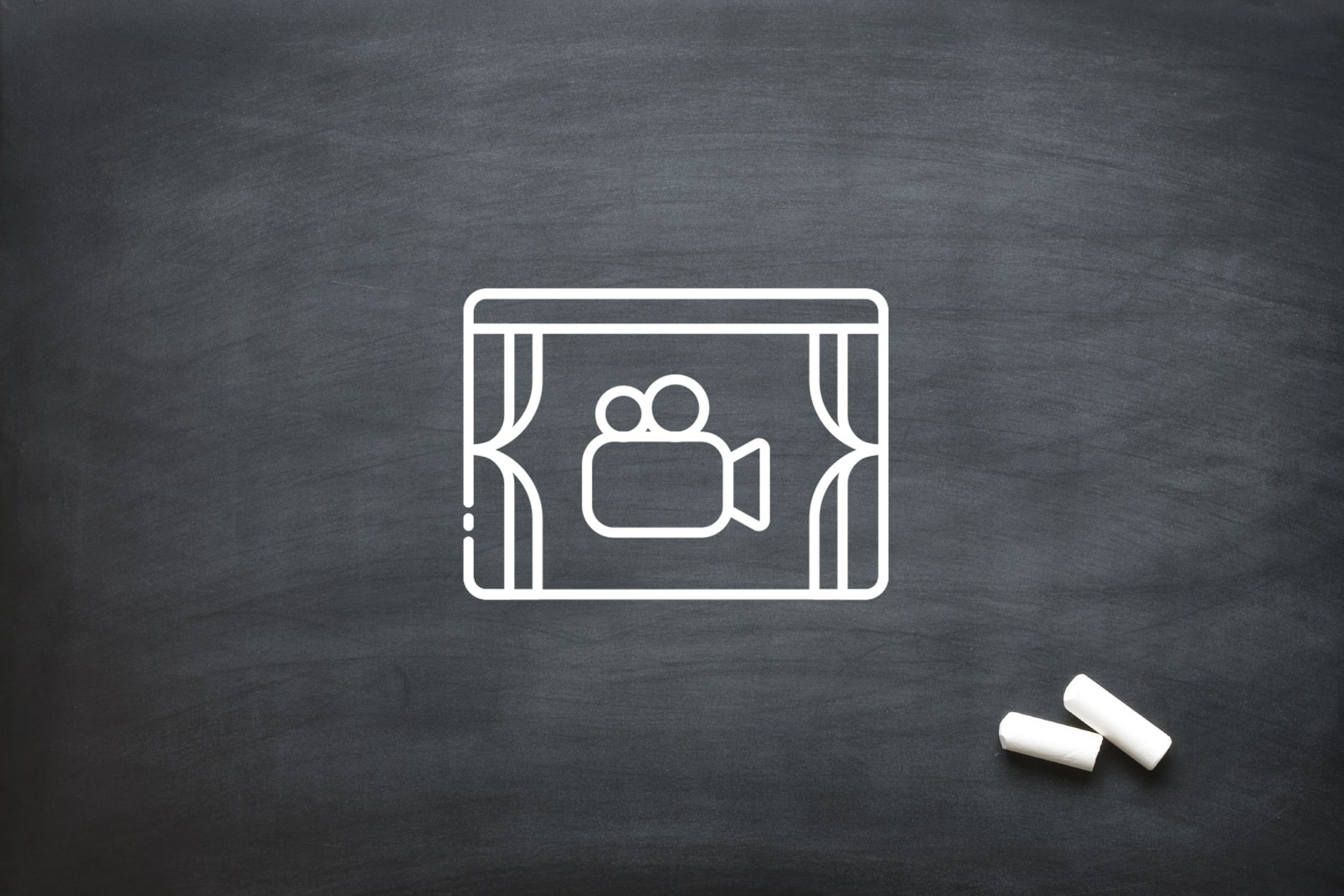
3D Animation: A Comprehensive Guide
3D animation has revolutionised how stories are told and ideas are communicated, captivating audiences across industries. Whether it’s the breathtaking visuals of blockbuster films, the immersive experiences of virtual reality (VR), or the practical simulations used in training, it is a powerful medium with limitless potential. This article explores the history, applications, and nuances of 3D animation, providing insights for businesses, educators, and creatives looking to leverage this dynamic tool effectively.
A Brief History
The journey of 3D animation began in the 1960s with Ivan Sutherland’s groundbreaking “Sketchpad” software, which introduced basic graphical displays. The field truly took off in 1995 with the release of Toy Story, the first entirely 3D-animated feature film. Since then, advancements in software and hardware have pushed the boundaries of what’s possible, from hyper-realistic visuals to stylized artistry.
The Craft
Creating 3D animation is a meticulous, detail-oriented process involving several stages:
- Modelling: Designing characters, objects, and environments in a 3D space.
- Rigging and Animation: Adding skeletons and movement to models.
- Rendering: Generating the final visual output with lighting and textures.
This complexity translates into high production costs, as 3D animation demands significant time, expertise, and computing power. Modern tools streamline these processes but require skilled professionals to achieve top-tier results.
Applications of 3D Animation
#1 – Immersive Media Experiences
From VR gaming to virtual tours, it enhances immersion. Industries like real estate and tourism leverage these capabilities to create lifelike environments for prospective clients.
#2 – Accurate Modelling of Real-Life Objects
3D animation is invaluable in fields like architecture and product design. It allows for the precise visualisation of prototypes, saving time and resources in the development phase.
#3 – Simulating Dangerous Situations
Whether training pilots or educating factory workers on safety protocols, 3D simulations provide a risk-free way to experience hazardous scenarios.
#4 – Process Breakdown and Analysis
Complex machinery and workflows are brought to life through 3D animation, making them easier to understand. For instance, medical professionals use it to study the intricacies of human anatomy.
How 3D Differs from 2D
While both mediums have their strengths, 3D animation stands out for its realism and versatility. Unlike 2D animation, which often emphasises stylistic simplicity, 3D creates a sense of depth and tangibility, making it ideal for high-budget productions and interactive experiences.
Blended approaches are becoming increasingly popular, blending 2D aesthetics with 3D technology, achieving a unique visual style that resonates with audiences.
Why the Right Studio Matters
Choosing a studio with expertise in diverse animation styles is critical. A capable studio can manage all aspects of production, ensuring cohesive results while optimising costs. Look for portfolios showcasing a range of projects, from commercials to full-length features, and consider their proficiency with industry-standard tools.
Leveraging for Maximum Impact
For businesses and educators, the key to success lies in aligning the medium with its purpose. High production value enhances the effectiveness of 3D animation, whether it’s for marketing, training, or entertainment. More tools mean greater creative freedom, allowing studios to craft compelling, impactful narratives.
Case Studies:
#1 – Entertainment
The global success in animated movies highlights 3D animation’s ability to captivate audiences with stunning visuals and emotional depth.
#2 – Education and Training
The healthcare industry uses 3D animated videos to train surgeons in complex procedures. Virtual walkthroughs of surgeries reduce the risks associated with hands-on training.
#3 – Corporate Applications
Some aircraft companies employ 3D animation for staff training, using realistic simulations to ensure safety and efficiency in aircraft assembly.
Emerging Trends
- Hybrid Animation: Combining the two styles of 2D and 3D for cost-effective and visually engaging results.
- AI-Assisted Animation: Accelerating production times while enhancing creativity.
- Real-Time Rendering: Increasing efficiency in game design and VR applications.
3D animation is a flexible and practical medium that brings ideas to life in ways no other art form can. Whether you’re looking to tell a story, train employees, or market a product, the possibilities are endless. Get in touch with Oliver Karstel Creative Agency, an experienced studio that ensures you maximise the potential of this powerful tool while staying within budget and meeting your creative goals.






